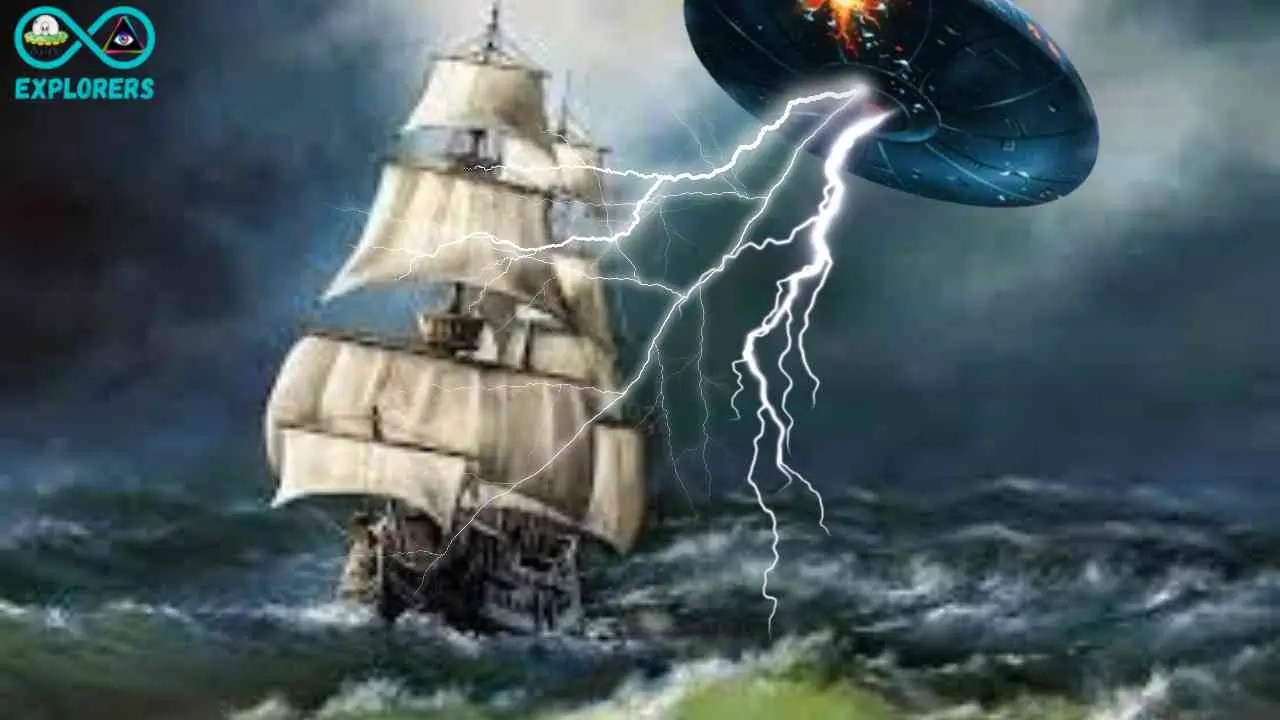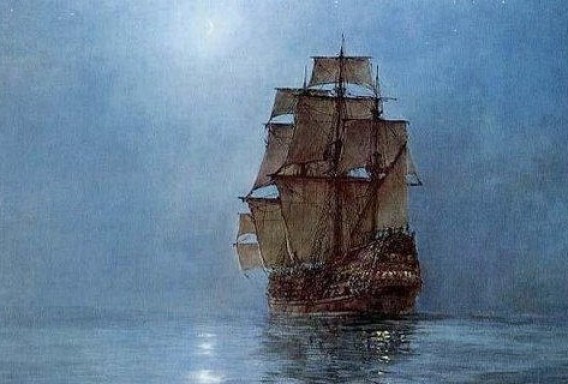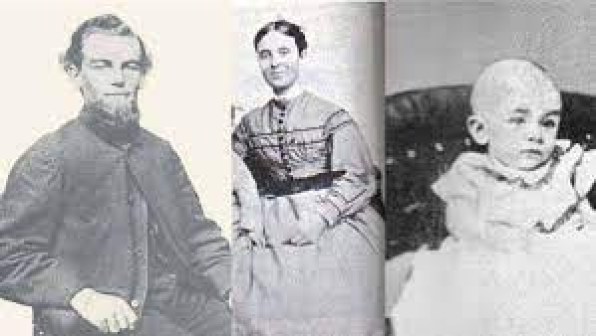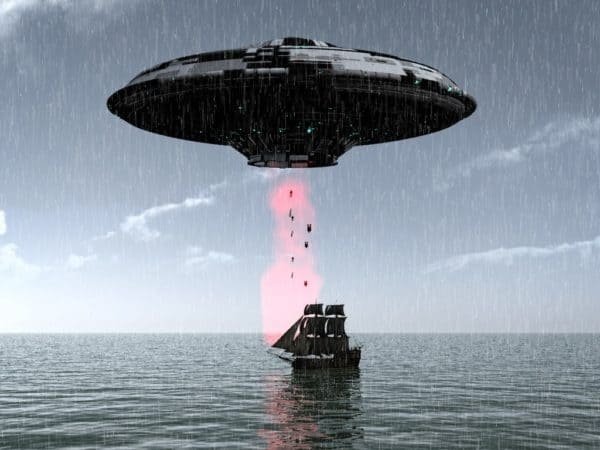
Researchers came across a baffling mystery on December 5, 1872. The Mary Celeste ship was found abandoned near the Azores Islands, and experts are still uncertain as to what happened to the ship’s crew. The Canadian brig Dei Gratia spotted what appeared to be an abandoned ship wandering in the Atlantic Ocean between Portugal and the Azores Islands.
The sailing ship was the American brigantine Mary Celeste, which had left New York nearly a month earlier.The interesting part is that when the team of the Dei Gratia hopped aboard the Mary Celeste, they were surprised to see that everything was in pristine condition. Even the crew’s clothing was neatly stored. However, there was not a single living soul aboard the ship.

A dismantled pump in the hold and a missing lifeboat were the only potential hints that could explain the location of the crew. Thus began one of the ocean’s greatest mysteries.
Table of Contents
Captain Benjamin Beggs, Mary Celeste, And Its Pristine Condition What Really Happened With The Crew Of The Mary Celeste? Captain Benjamin Beggs, Mary Celeste, And Its Pristine Condition
A merchant vessel carrying denatured alcohol departed New York Harbor for Genoa, Italy on November 7, 1872. The Mary Celeste set sail with Captain Benjamin Briggs and his crew of seven men. Captain Briggs’ wife and a 2-year-old daughter were also present on the board.

Captain Benjamin Briggs, his wife and their 2-year-old daughter
Considering that Captain Benjamin Briggs was a master mariner and had captained three ships before Mary Celeste, it became quite challenging to come up with what happened to the ship exactly. The ship and its crew battled violent storms for two weeks before trying to reach the Azores. Curiously, on November 25, 1872, at 5:00 a.m., Captain Briggs effectively ended his journal entry detailing the arduous journey.
The night before, the ship and its team continued to encounter rough seas and wind gusts of much more than 35 knots, but by the next morning, they had emerged unharmed. They actually saw the island of Santa Maria and all appeared to be well. However, when the team of the Dei Gratia discovered the Mary Celeste just over a week later, on December 5th, they discovered that it had been abandoned and was drifting 400 miles east of the Azores.
Captain David Morehouse dispatched a boarding party to continue investigating the Mary Celeste and discovered the vessel to be in nearly flawless condition. With the exception of a few feet of water in the ship’s bilge, which was located below the waterline, everything appeared to be in good enough condition.

A few charts were strewn about below deck, however, the crew’s belongings were neatly stowed, and the ship was stocked with six months’ worth of food and water. However, the most surprising part is that the entire crew was missing from the sea.
What Really Happened With The Crew Of The Mary Celeste?
Briggs, an experienced sailor, had no reason to abandon a ship. In fact, according to Daily Nautica, Morehouse was friends with Briggs and had dined with Briggs in New York shortly before every man sailed the ship. He came to know how competent captain Briggs was. Morehouse and his crew hauled away the merchant vessel to Gibraltar, where officials performed a fruitless inquiry. At this point, various hypotheses began to emerge.
The disappearance of the ship first came to the notice of Frederick Flood, an English inspector. Given that Morehouse and Briggs were friends, the inspector presumed that the two captains had devised a plan to defraud the insurance company and divide the proceeds from Mary Celeste’s future sale.
According to the law of the sea, the abandoned ship belonged to Morehouse. It was suspected by the inspector that Briggs must have killed his entire crew and had been hiding away in Dei Gratia’s cargo. However, his theory was full of loopholes, since Briggs had property shares in the ship, so he would have gained nothing from the plot. Moreover, how could have he possibly killed his wife and daughter? The Dei Gratia crew did receive a payment of $46,000, which was only 1/6th value of Mary Celeste.
Other theories indicated that the crew had become heavily intoxicated from the ship’s alcohol cargo and mutinied; however, there were no indications of conflict. Others speculated that the ship would have been attacked by the Pirates, but no personal belongings were missing.
If Arthur Conan Doyle had not written the 1884 short story “J. Habakuk Jephson’s Statement,” a fictious account of an ex-slave who captures a ship called the Marie Celeste, the mystery might have remained unsolved. The story revived interest in the ship, but as a hypothesis, it is completely unreliable.
Normally, tales of sea monsters, water spouts, and after a while even extraterrestrial abduction had become affiliated with the missing crew. However, none of these theories have ever been supported by evidence. One of the most likely plausible theories was that alcohol vapors blew off the hatch cover. Then, out of fear of a fire, the crew abandoned the ship. However, the hatch cover was firmly secured, leaving once again no plausible explanation. Anne MacGregor, a documentary filmmaker, investigated the history of the notorious ghost ship in 2002.
“There are obvious limitations for historic cases. But using the latest technology, you can come to a different conclusion.”
Anne MacGregor
According to Smithsonian magazine, MacGregor sought the aid of Phil Richardson, a physical oceanographer at the Woods Hole Oceanographic Institution in Massachusetts. Together, they recreated the deviations of the ghost ship and concluded that Briggs’ chronometer, which helps identify a ship’s position at sea, was defective.
The Mary Celeste was off the course by 120 miles to the west of its intended course. MacGregor also analyzed Flood’s notes to discover that the course of the ship had been proceeding according to plan until approximately five days before Briggs’ final log.
Briggs’ logs and Flood’s notes reveal that the ship changed course the day before reaching the Azores; Briggs was now cruising straight north towards Santa Maria Island. There is a possibility that the crew was seeking shelter from the storm. However, this would not cause a captain to abandon the ship.
It was also discovered by her that Mary Celeste had previously carried a cargo of coal. Coal dust and debris from the latest retrofit had possibly blocked the ship’s pumps, – this means any water that decided to make it onto the ship’s lesser decks didn’t have a way back out.
Briggs may have decided that, since the ship had veered off course, the crew’s best option was to leave the ship and head for the shore in an attempt to save themself. In this particular instance, it was Santa Maria Island. Their rescue boat may have subsequently capsized, having caused all ten to drown.
MacGregor’s theory isn’t widely accepted and can’t even be proven, but at least it makes sense with the evidence, like the taken-apart pump, in a way that other theories don’t. It has been 130 years since the crew vanished, and nothing conclusive has been found so far. Let us know what you think of the possibilities behind the missing crew in the comment section.





